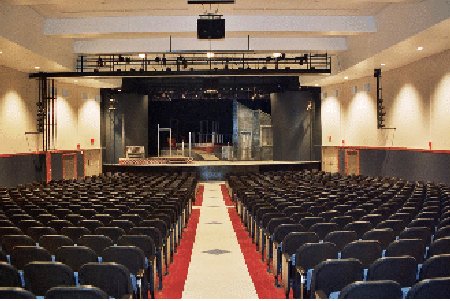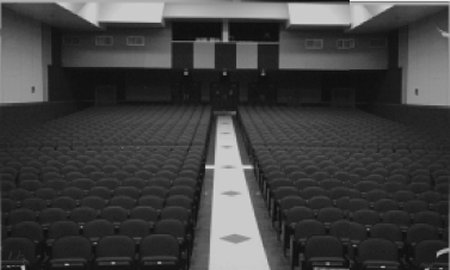70th Anniversary of Elvis Presley’s First New Orleans Performance in the Jesuit Auditorium
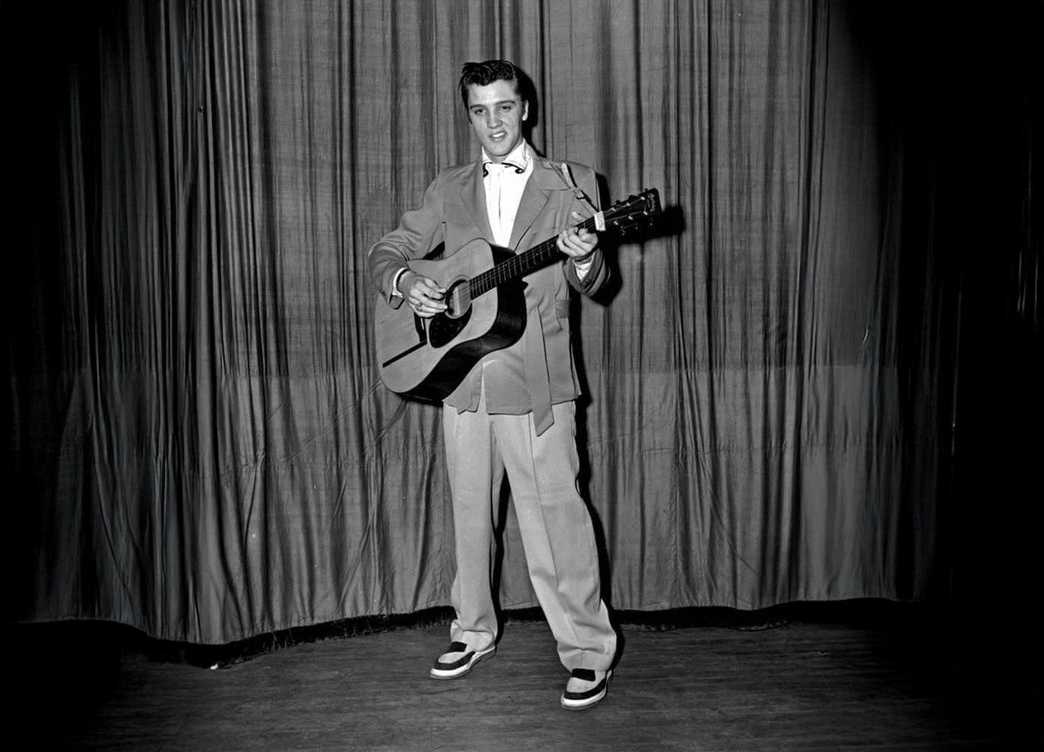
Today marks the 70th anniversary of a notable event in Jesuit’s history: the night Elvis Presley took the stage at the Jesuit High School Auditorium. On February 4, 1955, a young Elvis, then largely known for his songs “That’s Alright Mama” and “Blue Moon of Kentucky,” performed two shows that left their mark on New Orleans music history.
The Jesuit High School Auditorium, completed in 1953, had already become a significant venue for performances. With a seating capacity of 933, and equipped with modern lighting and sound systems, it was an ideal setting for such an event. On that February day, Elvis shared the stage with Ann Raye, a young singer from Biloxi, whose father, promoter Yankie Barhanovich, had arranged for her to perform alongside Elvis.
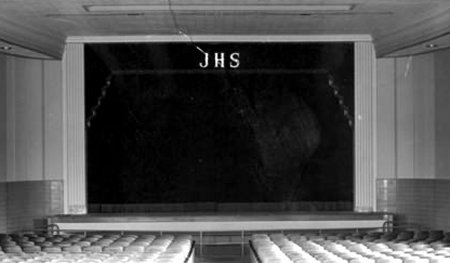
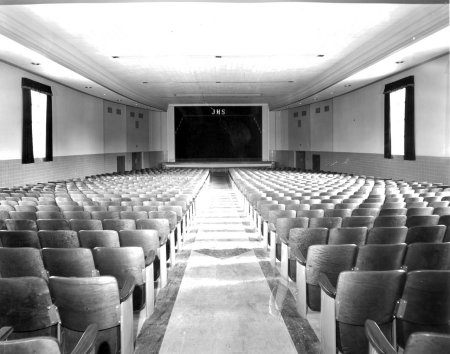
Elvis’ visit to New Orleans was orchestrated by WSMB talk show radio legend Keith Rush, who brought the budding star from the Louisiana Hayride in Shreveport. Despite the excitement, only 54 people attended the performances at 7:30 p.m. and 9 p.m. Tickets were priced at just $1, and Elvis earned $75 per show, totaling $150 for the evening. Unfortunately, the event resulted in a financial loss for Rush, but it marked Elvis’ first appearance in New Orleans—a city that would later embrace him wholeheartedly.
Later that year, in September 1955, Elvis returned to New Orleans to perform at the Pontchartrain Beach amusement park as part of the WBOK Hillbilly Jamboree, thanks to disc jockey Red Smith. His participation in the Miss Hillbilly Dumplin’ beauty pageant added a touch of charm to the event. By the following summer, Elvis’ star had risen significantly; he had signed his first contract with RCA Records and appeared on network television, drawing much larger crowds to his performances.
Over the years, the stage at Jesuit has hosted many entertainers, including Harry Connick Jr., Dr. John (then student Mac Rabennack), Jay Thomas, Fred Weller, Frankie Ford, and the Dixie Cups. In 2003, the auditorium underwent a major renovation as part of the Tradition Guides Our Future Campaign, only to be severely damaged by Hurricane Katrina in 2005. The storm’s impact required extensive repairs, including replacing the newly installed seats, stage floor, and sound and lighting equipment.
This early performance at Jesuit may have been modest in attendance, but it foreshadowed the legendary status Elvis would soon achieve. It remains a cherished memory in the rich tapestry of Jesuit’s history.
